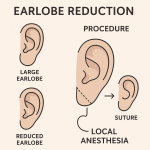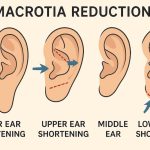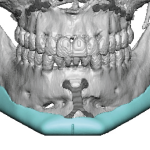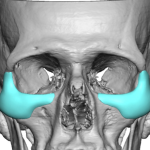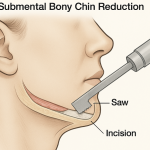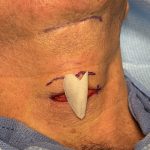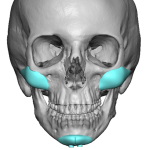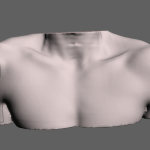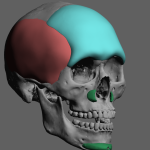The Custom Orbital Frame Implant Case Study
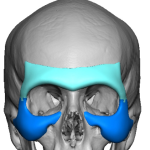
Introduction Orbital frame or combined brow bone and infraorbital augmentation is a powerful upper-to-midface structural enhancement implant approach. A combined supraorbital (brow bone) and infraorbital rim augmentation addresses deficiencies on both the upper and lower orbital rims. This creates a stronger, more defined orbital frame, balances projection, and corrects negative vector or recessed midface features. Read More…



